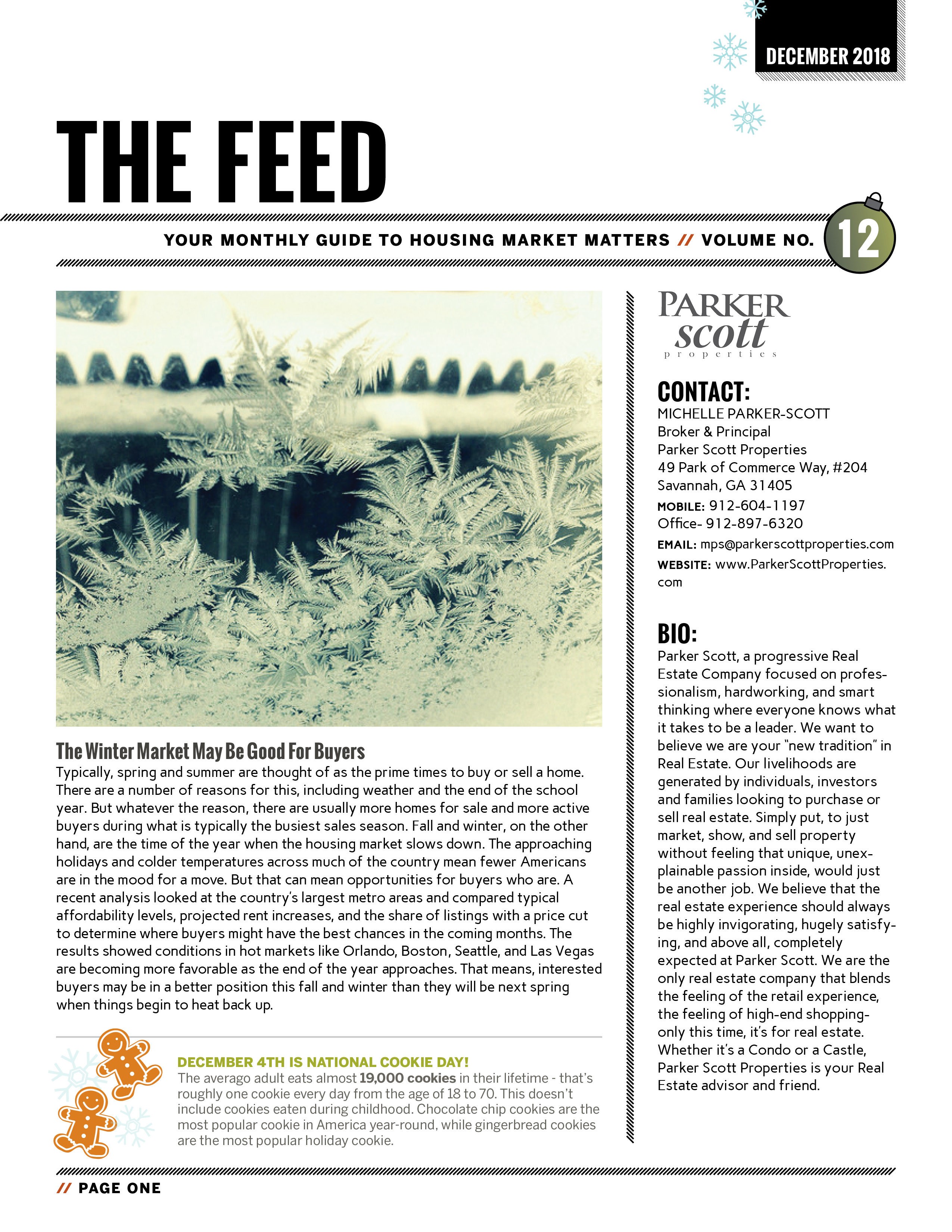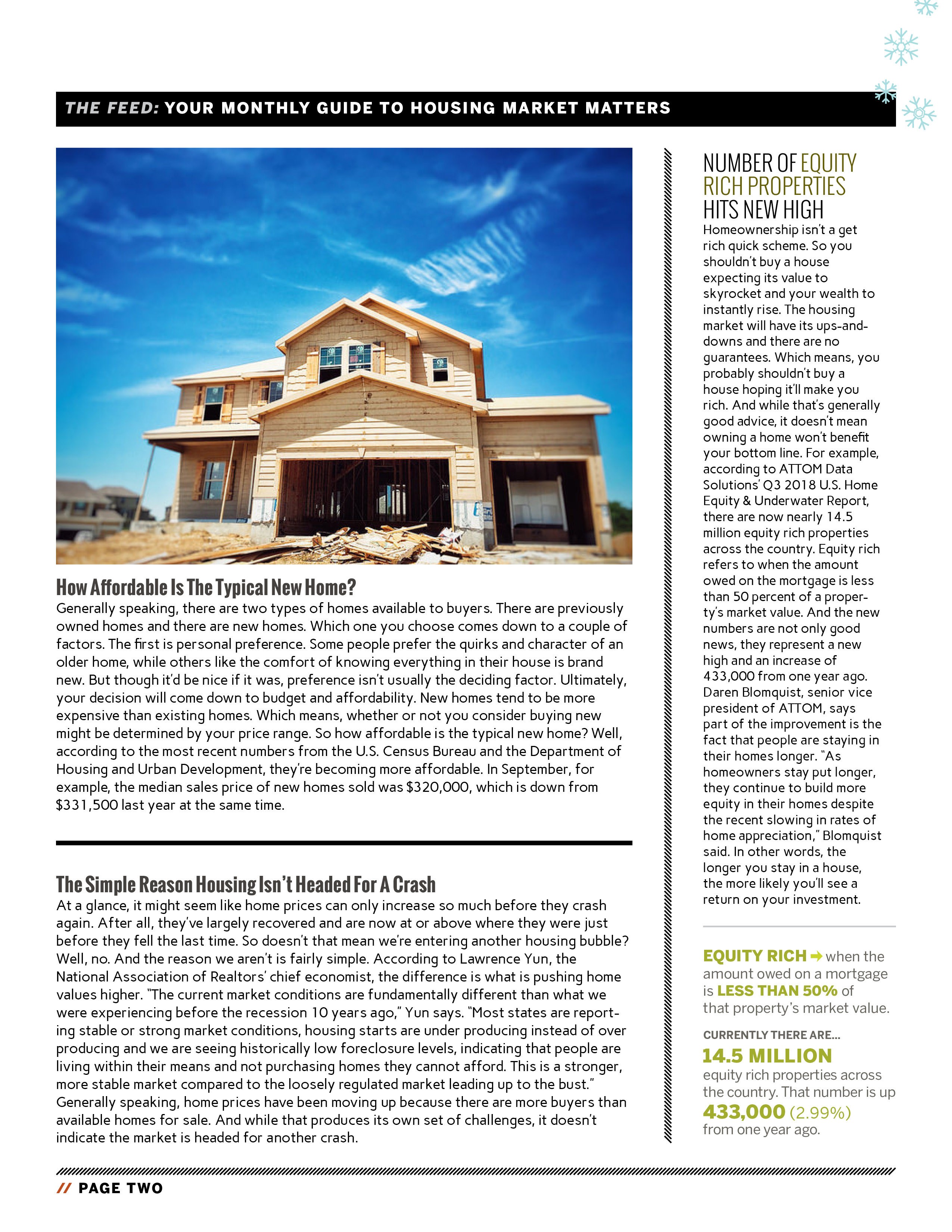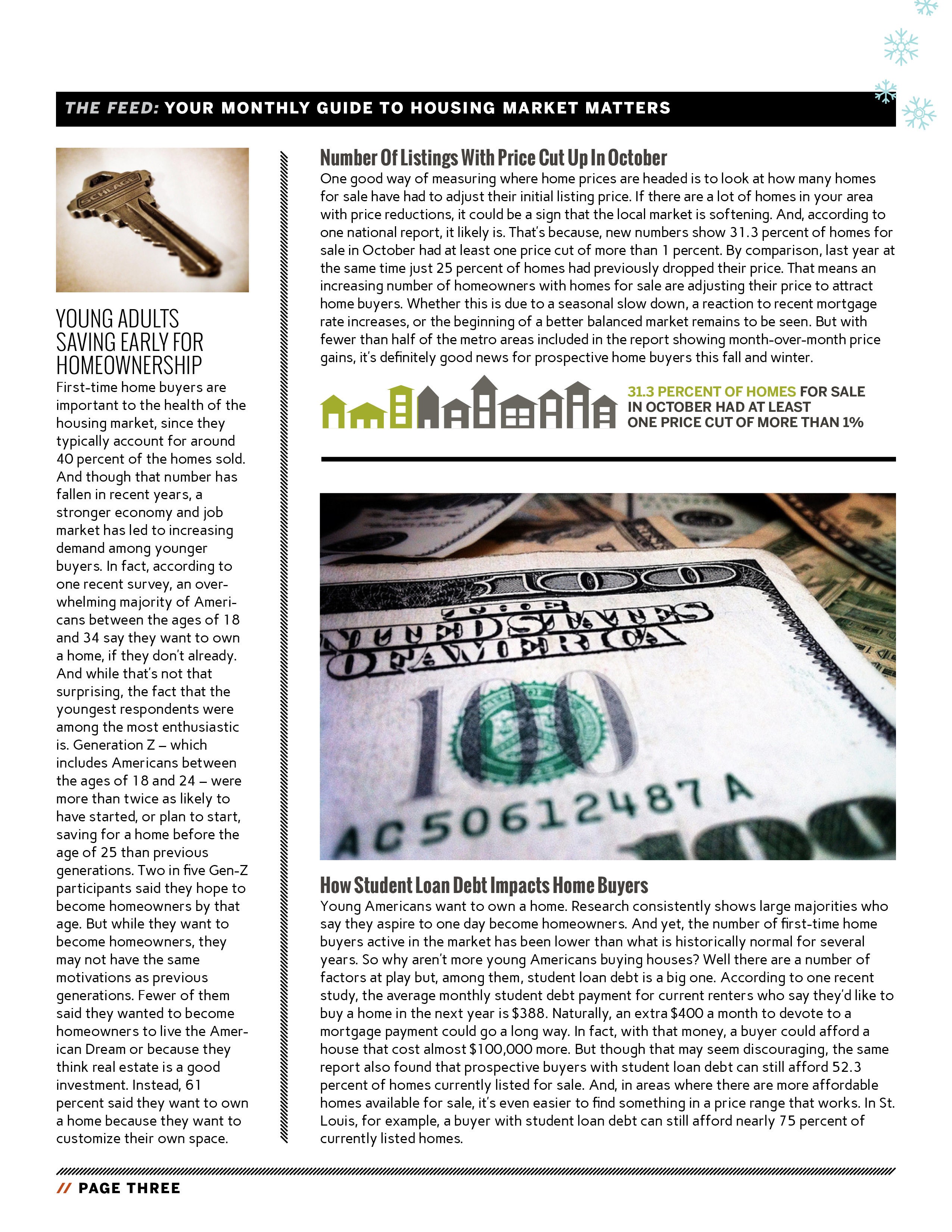When you’re in the middle of something, it can be hard to see things clearly. Only after you’ve gained some perspective and had time to reflect do things become clearer. Hindsight, after all, is 20/20. This is also true when it comes to the housing market. Each month, more data is released and compared to the previous month’s data. And, if you follow along, it’s easy to get the feeling that things are worse and/or better than they actually are. But taking a step back can help put things in context. Perhaps that’s why Lawrence Yun, the National Association of Realtors’ chief economist, recently said that he’s very optimistic about the housing market’s long-term outlook. When compared to historical data, conditions look pretty good. As an example, Yun says home sales are now around the same level they were in 2000 but a comparison of fundamentals shows we’re in much better shape now than we were then. “Mortgage rates are much lower today compared to earlier this century, when mortgage rates averaged 8 percent,” Yun said. “Additionally, there are more jobs today than there were two decades ago. So, while the long-term prospects look solid, we just have to get through this short-term period of uncertainty.” More here.
What Home Buyers Want Most In 2019
Home design trends can be fleeting. This year’s hot color combination will be old news before you know it. So, unless you want to paint your home every six months, you’re better off choosing your home’s décor based on the things you love rather than the things you read about. There are, however, some trends that are more meaningful and can help you save money and make your life more comfortable. For example, a new list of trends from national home builder and developer Taylor Morrison offers some interesting ideas about what buyers want in 2019. According to the list, home buyers are looking for healthier, greener homes that aren’t as high maintenance or too tailored. In other words, buyers are focused on comfort and want finishes and features that aren’t a lot of work to maintain. Think soft rugs, cozy furnishings, more plants and less work. It seems today’s home buyers are more interested in enjoying their home than spending their time on maintenance, cleaning, and keeping up with the latest catalogue-worthy looks. More here.
Online Tools Gain Popularity With House Hunters
The internet and smartphones have changed the way we do things. Everything from how we buy groceries to how we listen to music has been affected by technological advances. So it should come as no surprise that shopping for a house has also been transformed by easy access to information and resources. A look at research from the National Association of Realtors shows just how much. For example, in 2003, 42 percent of home buyers said they used the internet frequently during their home search. This year, 83 percent said so. Additionally, over just the past few years, there’s been a nearly 20 percent increase in the number of buyers that said they frequently used a mobile or tablet application while searching for a home. But though the internet has become an important part of the house hunt, most buyers still seek out the expertise and experience of a professional when it comes time to buy. In fact, 89 percent of respondents who said they used the internet during their home search purchased their home through an agent. More here.
December Newsletter!!



What To Know When Buying An Older Home
New Home Market Reacts To Rising Mortgage Rates
For most of this year, new home builders have been optimistic. With high buyer demand and a stronger economy, the market for newly built homes was building some momentum. But, according to the most recent Housing Market Index from the National Association of Home Builders, conditions are changing and builders are reacting. In fact, the index – which measures builder confidence on a scale where any number above 50 indicates more builders view conditions as good than poor – dropped eight points in November. Robert Dietz, NAHB’s chief economist, says it’s partly due to increasing mortgage rates. “For the past several years, shortages of labor and lots along with rising regulatory costs have led to a slow recovery in single-family construction,” Dietz said. “While home price growth accommodated increasing construction costs during this period, rising mortgage interest rates in recent months coupled with the cumulative run-up in pricing has caused housing demand to stall.” Still, despite a drop this month, the index remains in positive territory at 60. Which means, though builders are concerned that mortgage rate increases may hurt demand for new homes, they still see market conditions as good. In fact, the index component measuring expectations for the next six months was at 65 in November. More here.
Home Prices Are Beginning To Slow Down
Home prices have been increasing for a while. Driven by high buyer demand and a lower-than-normal number of homes for sale, values have been on the rise. But, according to the latest S&P CoreLogic Case-Shiller Home Price Indices, the rate of home price increases is now starting to slow. In fact, the results show the National Index gained 5.5 percent year-over-year, which is down from 5.7 percent. Additionally, 16 of 20 included cities saw smaller annual increases. David M. Blitzer, managing director and chairman of the index committee at S&P Dow Jones Indices, says month-over-month results show even more evidence that price increases are slowing. “On a monthly basis, nine cities saw prices decline in September compared to August,” Blitzer said. “In Seattle, where prices were rising at double-digit annual rates a few months ago, prices dropped last month.” Overall, prices were up just 0.4 percent month-over-month after seasonal adjustments. Naturally, the report is good news for prospective home buyers, as it means prices are beginning to moderate which will help improve affordability conditions. More here.
Four Things To Do Before You Buy

How Student Loan Debt Impacts Home Buyers
Young Americans want to own a home. Research consistently shows large majorities who say they aspire to one day become homeowners. And yet, the number of first-time home buyers active in the market has been lower than what is historically normal for several years. So why aren’t more young Americans buying houses? Well there are a number of factors at play but, among them, student loan debt is a big one. According to one recent study, the average monthly student debt payment for current renters who say they’d like to buy a home in the next year is $388. Naturally, an extra $400 a month to devote to a mortgage payment could go a long way. In fact, with that money, a buyer could afford a house that cost almost $100,000 more. But though that may seem discouraging, the same report also found that prospective buyers with student loan debt can still afford 52.3 percent of homes currently listed for sale. And, in areas where there are more affordable homes available for sale, it’s even easier to find something in a price range that works. In St. Louis, for example, a buyer with student loan debt can still afford nearly 75 percent of currently listed homes. More here.
HAPPY THANKSGIVING


